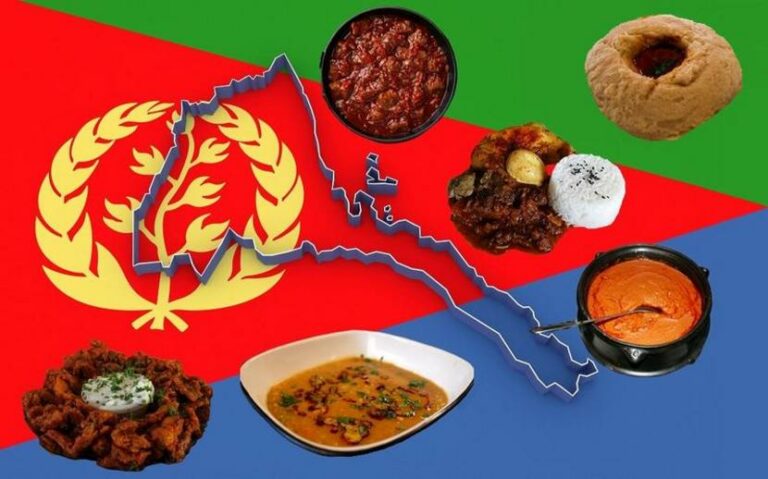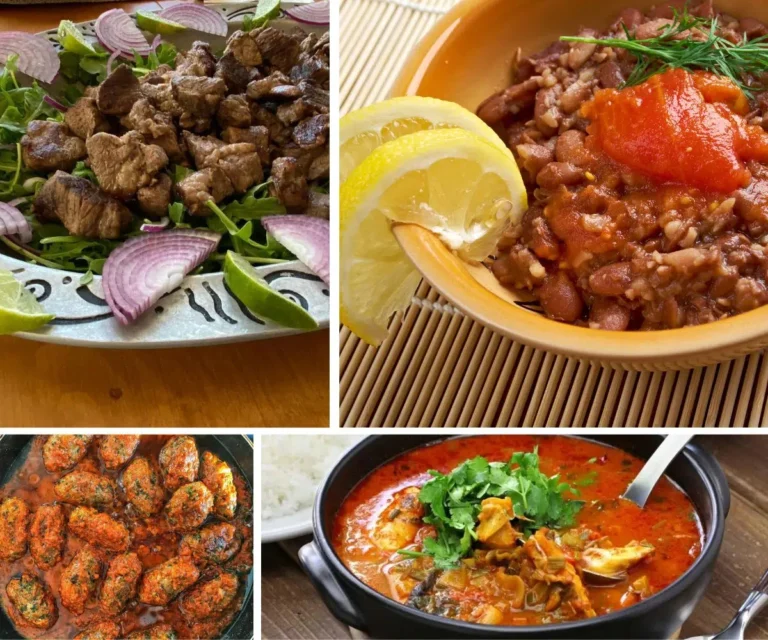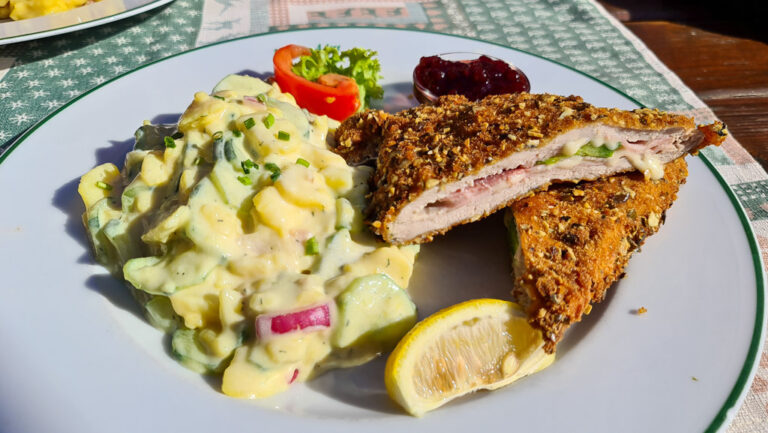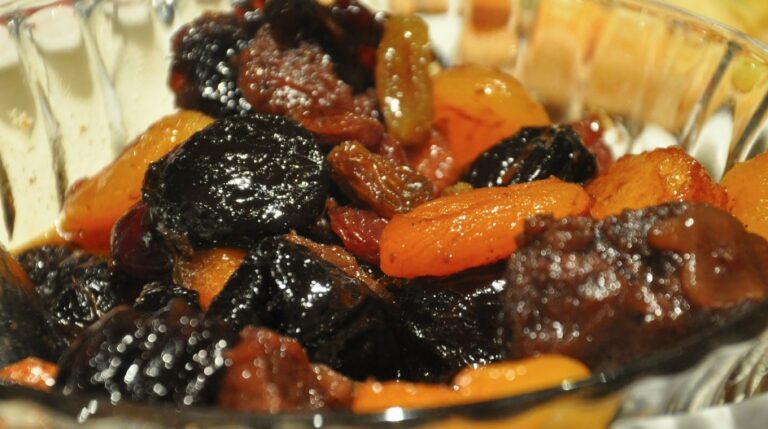Introduction to Eritrean cuisine
Eritrean cuisine is a unique blend of African and Middle Eastern flavors, with influences from Italian and Indian cuisine due to the country’s colonial history. The food in Eritrea is known for its bold flavors and spices, which are used to enhance the taste of meats, vegetables, and grains. One of the most important spices used in Eritrean cooking is berbere spice, which is a cornerstone of the country’s cuisine.
What is berbere spice?
Berbere spice is a blend of spices commonly used in Eritrean and Ethiopian cooking. The spice blend typically includes chili peppers, garlic, ginger, cumin, coriander, cinnamon, cardamom, fenugreek, and cloves, among other spices. The exact ingredients and proportions of the blend vary depending on the region and the cook, but the result is always a complex and aromatic mix of flavors.
History and origin of berbere spice
Berbere spice has a long history in East African cuisine, with records of its use dating back to ancient times. The spice blend likely evolved from the traditional use of individual spices in cooking, as cooks began to combine ingredients to create complex flavor profiles. The exact origin of berbere spice is uncertain, but it is believed to have originated in Ethiopia and spread to neighboring countries, including Eritrea.
Ingredients in berbere spice blend
The ingredients in berbere spice blend can vary depending on the region and the cook, but the most common ingredients include chili peppers, garlic, ginger, cumin, coriander, cinnamon, cardamom, fenugreek, and cloves. Other spices that may be included are allspice, nutmeg, black pepper, and turmeric. The blend may also include salt or other seasonings.
How is berbere spice used in Eritrean cooking?
Berbere spice is used in a wide variety of Eritrean dishes, from stews and soups to grilled meats and vegetables. The spice blend is typically mixed with oil or butter to create a paste, which is then added to the dish. The amount of berbere spice used can vary depending on the dish and the desired level of spiciness. In some dishes, such as tsebhi (a meat stew), berbere spice is the primary flavoring ingredient.
Common dishes that use berbere spice
Many traditional Eritrean dishes use berbere spice, including tsebhi, shiro (a chickpea stew), zigni (a spicy beef stew), and injera (a fermented bread). The spice blend is also used to flavor grilled meats, such as chicken or lamb, and sautéed or roasted vegetables.
Health benefits of berbere spice
Berbere spice contains many health benefits, as the individual spices used in the blend have been shown to have antioxidant and anti-inflammatory properties. Some studies have suggested that the spices in berbere may help lower cholesterol levels, regulate blood sugar, and improve digestion.
Where to find berbere spice and how to make your own
Berbere spice can be found in specialty food stores or online, but it can also be made at home. To make your own berbere spice blend, you will need a variety of spices, a spice grinder or mortar and pestle, and a recipe to follow. There are many recipes available online, and the exact proportions of the spices will vary depending on the recipe. Making your own berbere spice blend allows you to customize the flavors to your liking and ensure that the spices are fresh and high quality.










